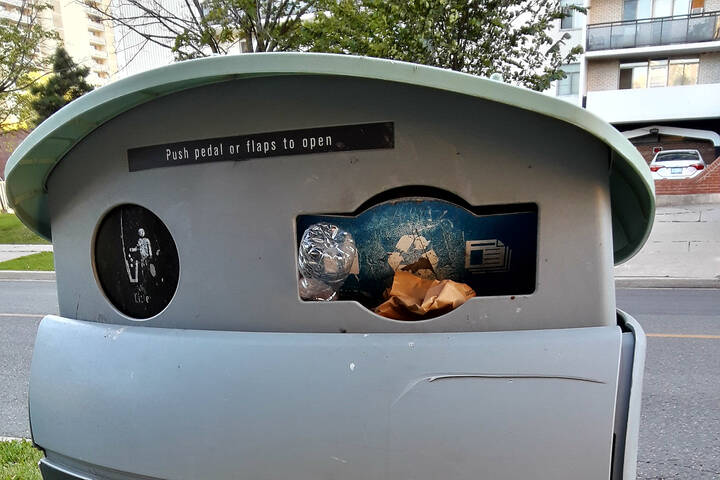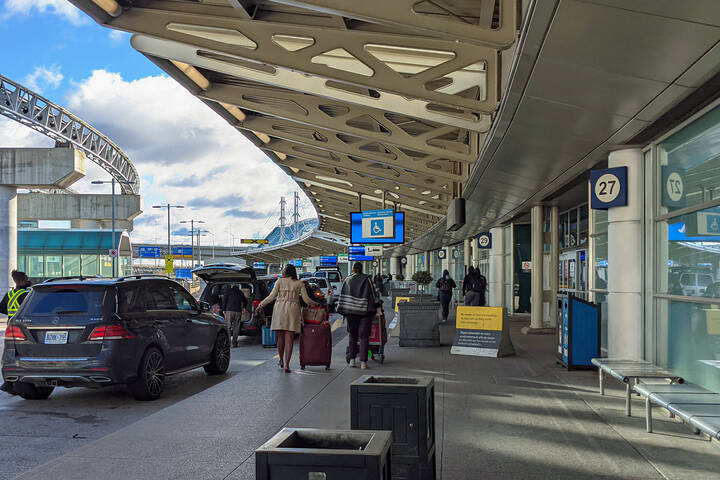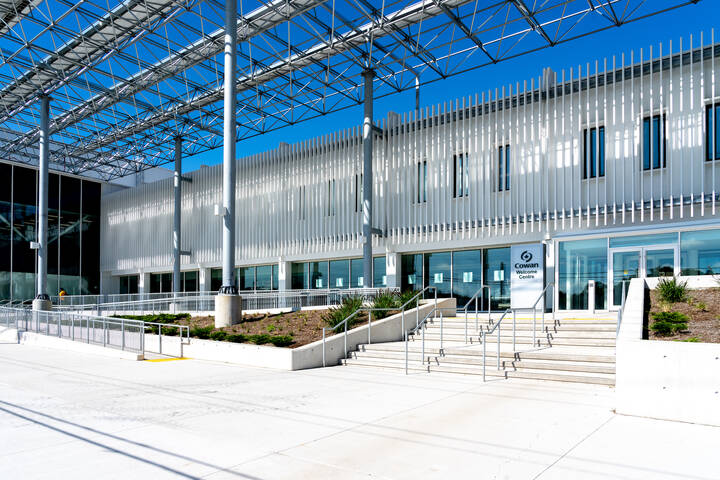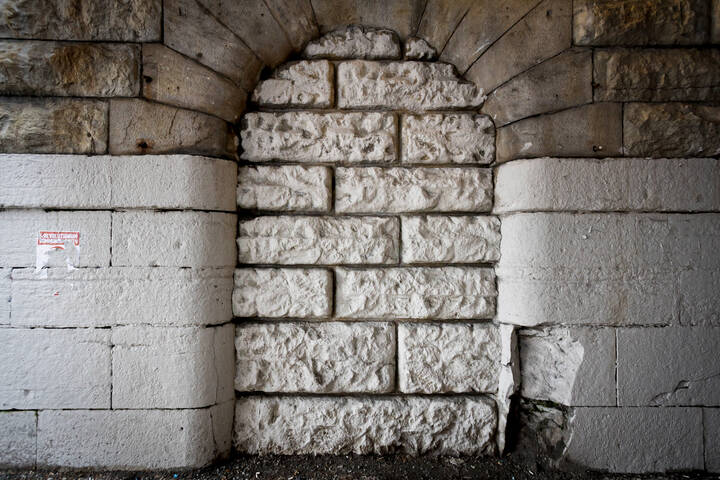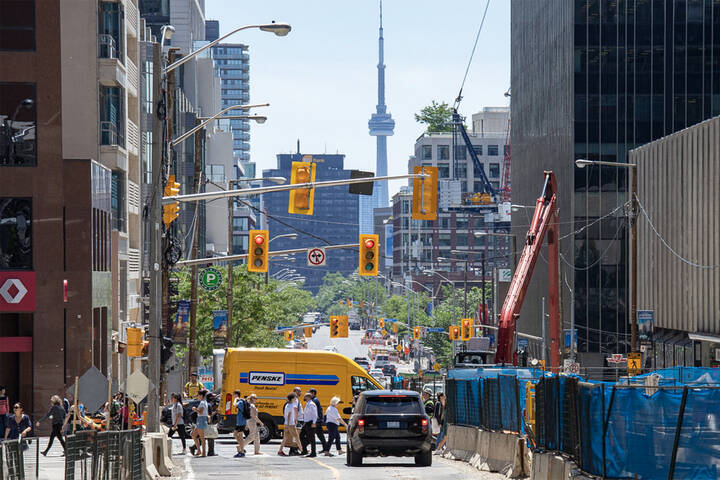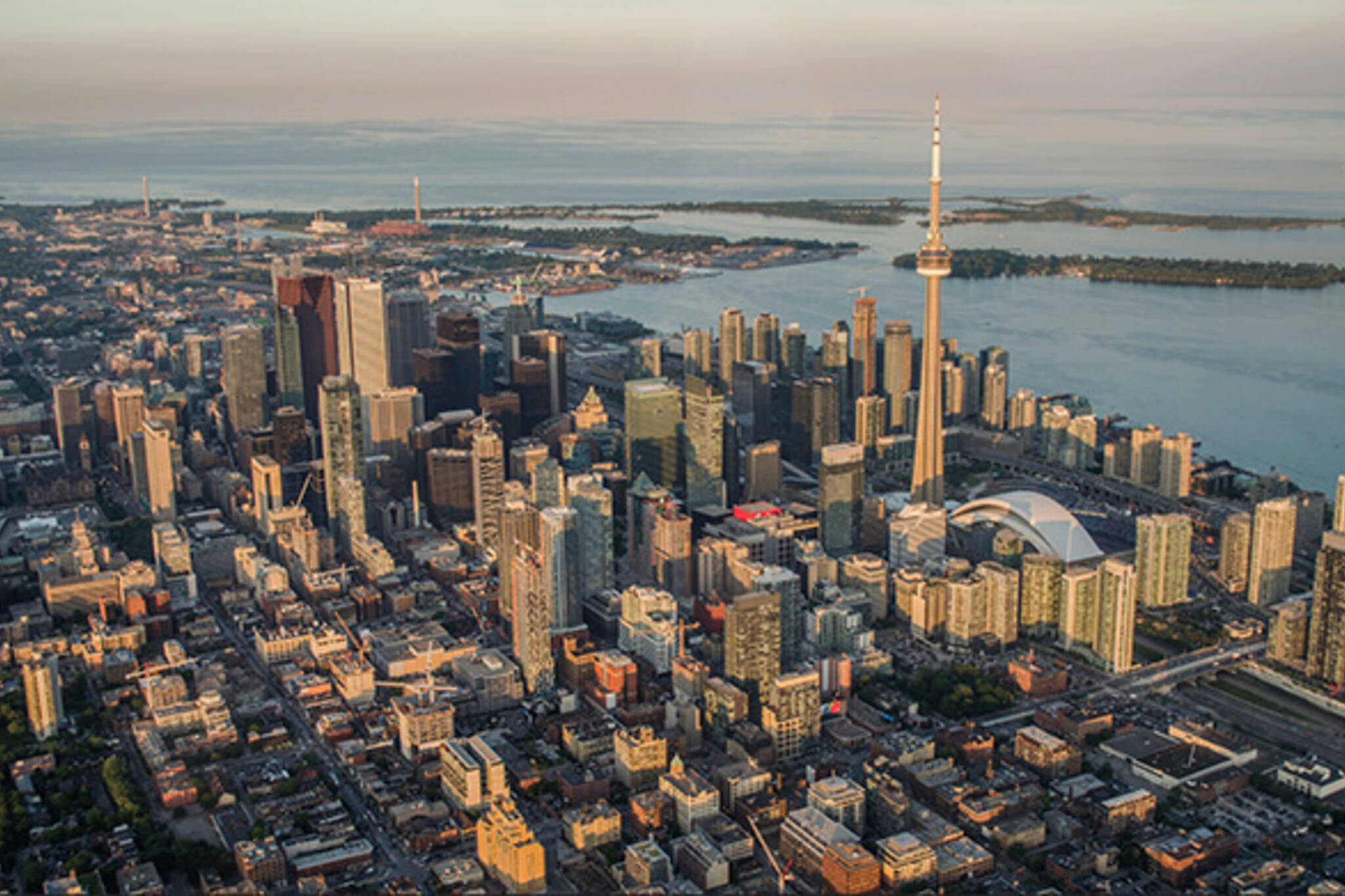
The top 5 things the world could learn from Toronto
Despite ranking consistently high in quality of life surveys, Toronto is still be coming to terms with its status as a desirable, world class city. We don't always like to admit it, but our city does a lot of things well, and other major urban centres around the world are starting to take note of what's working.
In recent weeks I've been highlighting some of the policies, ideas, and features of other cities that Toronto might tweak or borrow wholesale. Zurich holds public referendums on important decisions, London is a world leader in transit fare payment technology, and Singapore has clean public washrooms and pedestrian crossings that favour the elderly, for example.
Here are 5 things the rest of the world could learn from Toronto.
Open data makes government more transparent and accessible
Thanks to an excellent open data portal, TTC smartphone apps know the precise location of every active bus, streetcar, and subway train, enabling arrivals (and delays) to be calculated in real time. Likewise, the name, location, and status of many things in the city from building permits to traffic lights is also available, free of charge, for anyone to use and interpret.
Open data has been worked into smart web tools that track property boundaries (useful when there's a dispute about where a sign is located) and catalogue the make-up of the tree canopy. Beautiful art projects that also draw on open data show the precise boundaries of Toronto's neighbourhoods and map the sprawl of the park system. Keith McDonald, who works with the city's Open Data initiative, says quality information is key. "If you build it they will come," he says.
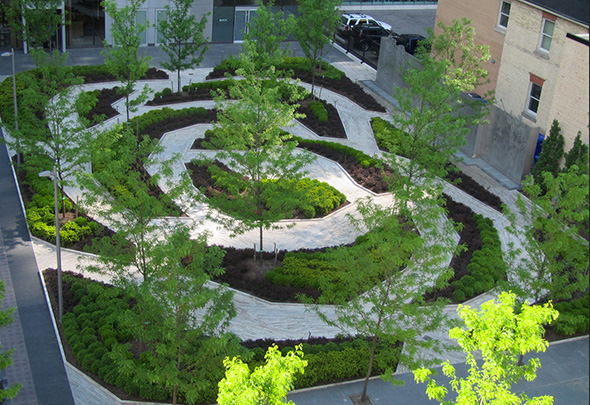
Privately-owned public spaces need a label
For decades, routine negotiations between City of Toronto planners and building developers has resulted in the construction of public, park-like spaces on private property. Until recently, building owners were not obliged to label these privately-owned public spaces (POPS,) even though they were ostensibly accessible to anyone, not just tenants.
Starting this summer, the city began the process of marking its various POPS, starting with the installation of a silver plaque at Concord CityPlace. The signage project will take time to complete (it's estimated there are more than 100 of these spaces in Toronto,) but the scheme is a win for public space advocates.
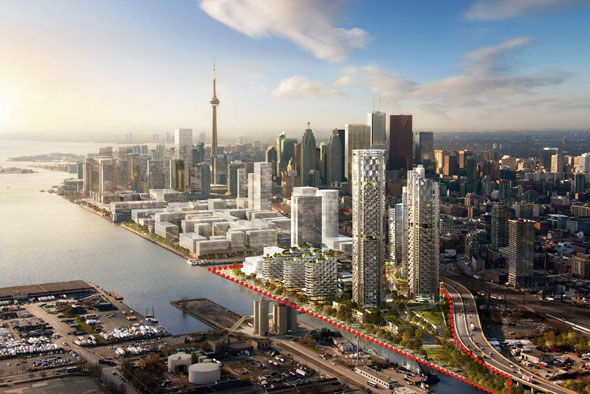
It takes a lot of time, care, and dedication to revitalize a waterfront
It's taken a long time, but Toronto is finally taking back its waterfront. For decades the area south of Front Street was a post-industrial mess of disused railway tracks, abandoned silos, forlorn docks, and contaminated soil; an isolated and forbidding zone in place of what should have been a prized jewel.
Now we've got Sugar Beach, Sherbourne Common, HTO Park, the wave decks, and major plans in the works to re-naturalize the wrecked mouth of the Don River and overhaul the Port Lands into a liveable, pleasant neighbourhood--no monorail or ferris wheel. The makeover won't come cheap. Waterfront Toronto, the task force charged with redeveloping 800 hectares of the lakeshore, estimates it will take $30 billion in public and private funding to fully realize its master plan.
In total, 40,000 residential units and 1 million square metres of commercial and office space are expected to be added by 2025.
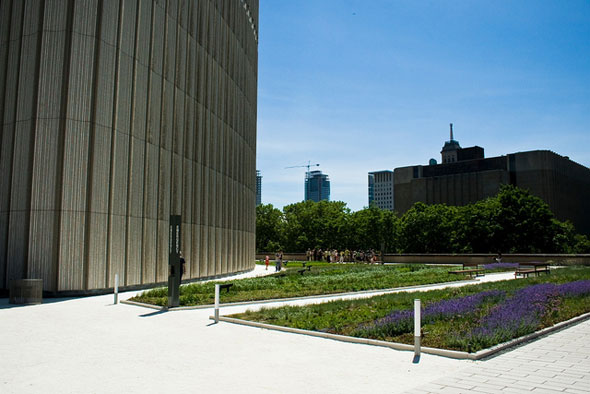
Green roofs come with myriad benefits
In 2010 Toronto became the first North American city to require many types of new buildings to include a green roof. By installing grass, plants, and trees up top, buildings can help mitigate the urban heat island effect, the phenomenon that sees city temperatures sit a few degrees higher than in nearby rural areas.
In addition, rainwater runoff is reduced, easing pressure on the sewer system, and there are tangible energy savings for building owners, too. When Toronto passed (and then expanded the bylaw) it was only second to Chicago in terms of green roof coverage. By 2022, it's estimated there could be a total of 966,000 square metres of lush rooftops in Toronto, all of it easing the burden on municipal infrastructure.
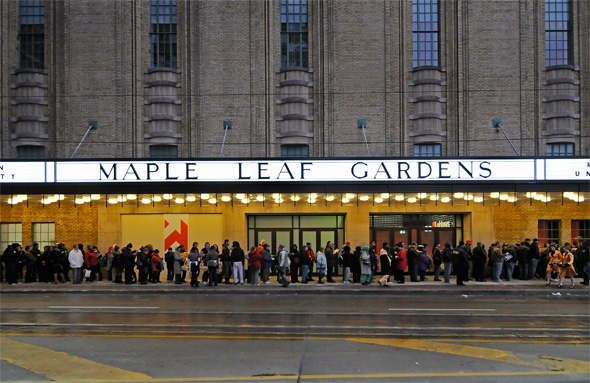
Beloved sports shrines should be sacred spaces, not parking lots
With the exception of the Montreal Forum, every one of the NHL's original six teams--the Maple Leafs, Canadiens, Bruins, Blackhawks, Rangers, and Red Wings--have turned their legendary early arenas into, well, nothing. The Boston Garden: parking lot, Chicago Stadium: parking lot, Detroit Olympia: mostly parking lot, Madison Square Garden: OK, it's an office tower.
It's a shame Maple Leaf Gardens had to become a supermarket, but all things considered, it could have been worse. Hockey is still played in an upstairs rink and the rest of the building has been tastefully decorated with numerous nods to the glories of yesterday (centre ice is marked by a red dot on the lino floor and old seats have been shaped into a giant Leafs logo.) It beats the "Pepsi Forum" any day.
Chris Bateman is a staff writer at blogTO. Follow him on Twitter at @chrisbateman.
Image: Jimmy Wu, Meteor54, Josh Jensen/blogTO Flickr pool.
Latest Videos
Latest Videos
Join the conversation Load comments
